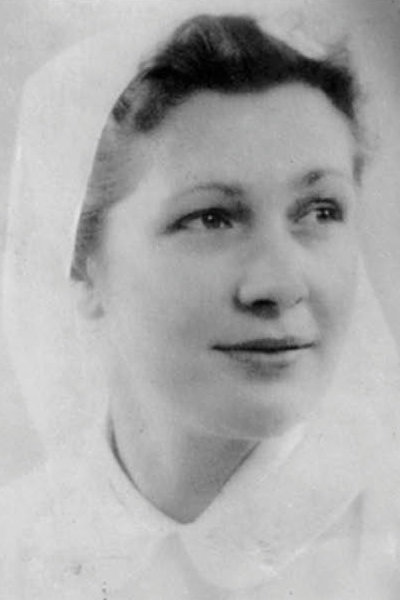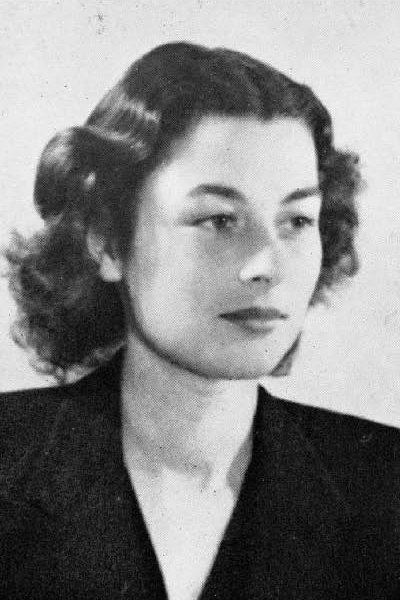World War II
World War II (WWII), which begins on 1 September 1939 with the German invasion of Poland, pits the Allies (including Britain, the Soviet Union, and, from 1941, the United States) against the Axis powers (notably Germany, Italy and, from 1941, Japan).
In May 1940, the Netherlands, Belgium, and large parts of France are occupied by German troops. The battle took place on fronts in Western Europe, Russia, Africa, Southeast Asia, and the Pacific. After the British-American invasions, on 9 July 1943 in Sicily and on 6 June 1944 in Normandy, the odds turn and Germany is forced onto the defensive.
On 7 May 1945, Germany’s surrender ended the war in Europe. After Hiroshima and Nagasaki are destroyed by two atomic bombs in early August, Japan capitulates on 15 August.
Casualties: between 70 and 72 million dead, of whom it is estimated some 25 million were military, 40 million civilians, and 6 million Jewish Holocaust victims. Of the belligerent countries, the Soviet Union is hardest hit with nearly 11 million military and nearly 12 million civilian casualties.


